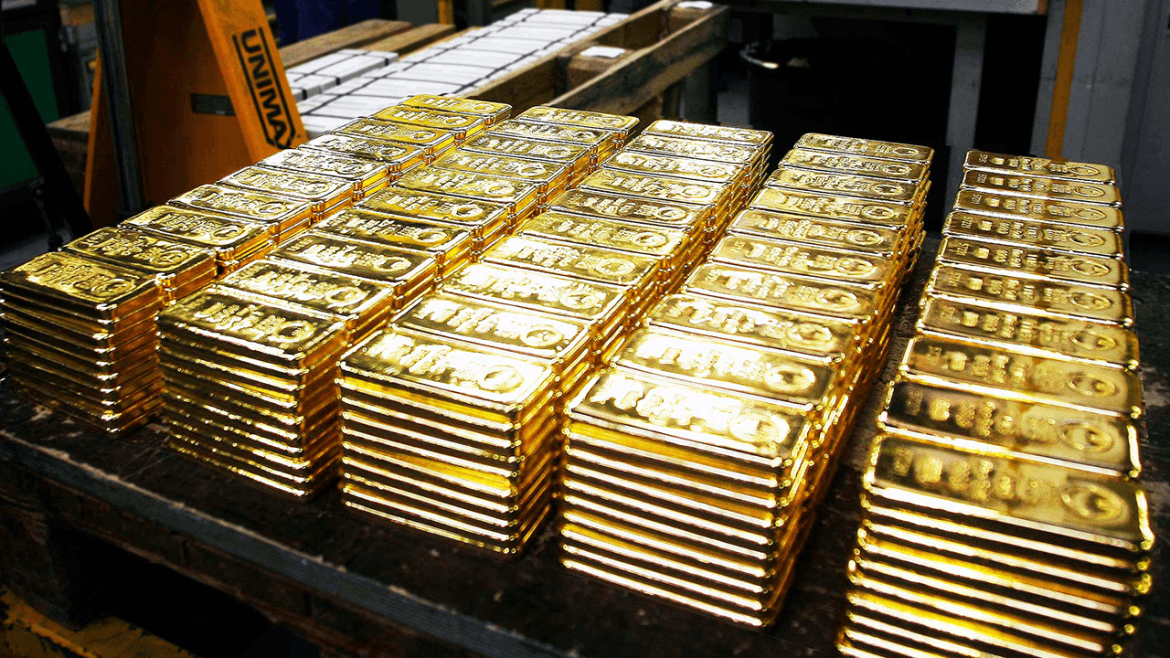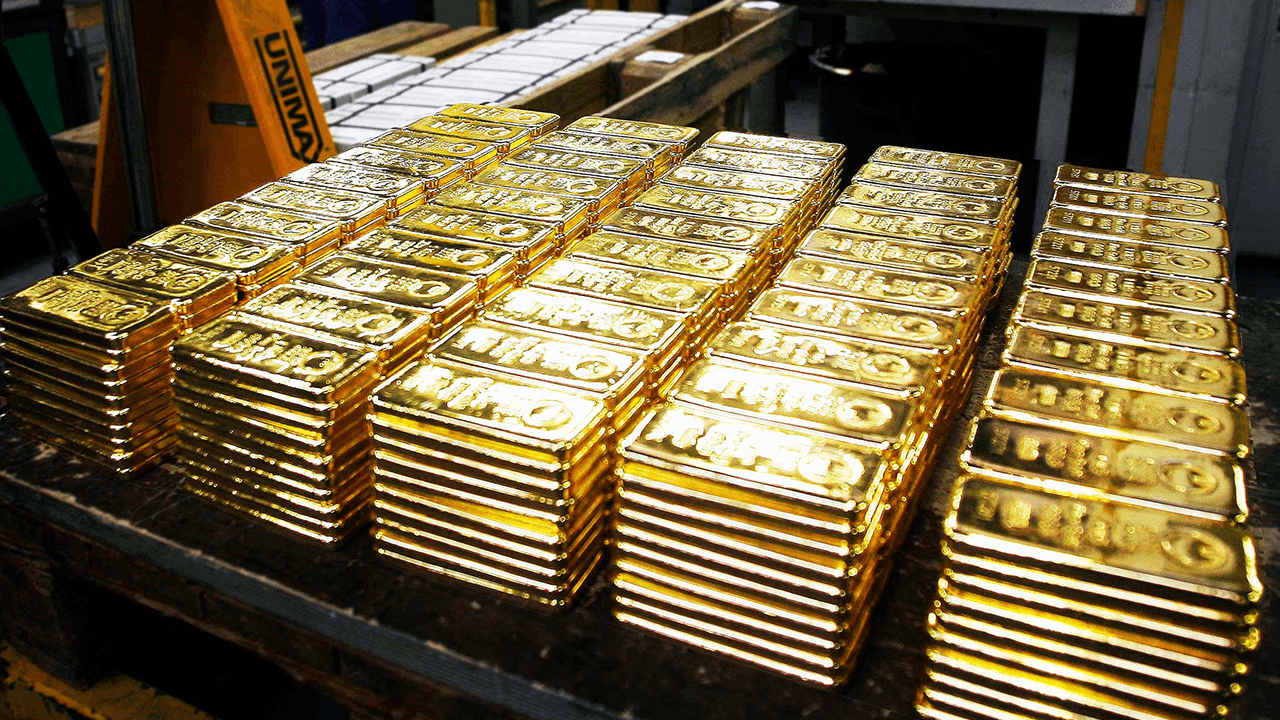The $4,000 Gold Forecast: A Comprehensive Analysis
Introduction: The Timeless Appeal of Gold
Gold has long been a symbol of wealth, stability, and power. Its allure transcends cultures and eras, serving as a universal store of value. In 2025, gold is once again at the center of financial discussions, with analysts and investors predicting a significant rally that could push prices to $4,000 per ounce. This forecast is not merely speculative; it is rooted in a confluence of economic, geopolitical, and financial factors that are reshaping the global landscape.
The Current State of the Gold Market
As of early August 2025, gold is trading at approximately $3,362 per ounce. While this represents a modest 1% gain over the past week, the month-on-month performance has been relatively flat, with only a 0.10% increase. Despite this apparent stagnation, the underlying sentiment remains bullish. The question is: What is driving this optimism, and is a $4,000 gold price a realistic target?
Key Drivers of the Gold Rally
Geopolitical Instability: A Safe Haven in Turbulent Times
The world in 2025 is marked by heightened geopolitical tensions, from trade disputes to regional conflicts. In such an environment, gold traditionally serves as a safe-haven asset, attracting investors seeking to protect their capital from volatility and risk. Escalating conflicts or trade wars could further amplify this demand, pushing prices higher. The uncertainty surrounding global politics makes gold an attractive hedge, as it is not tied to any single economy or currency.
Inflation Hedging: Preserving Wealth in an Uncertain Economy
Concerns about rising inflation continue to linger in the global economy. Gold is often viewed as a hedge against inflation, maintaining its value when the purchasing power of fiat currencies erodes. If inflationary pressures intensify, investors may flock to gold as a means of preserving their wealth. The fear of currency devaluation is a powerful motivator, and gold’s historical role as an inflation hedge makes it a natural choice for investors looking to safeguard their assets.
Central Bank Buying: A Shift in Global Reserves
Central banks around the world have been accumulating gold reserves in recent years, diversifying their holdings away from the U.S. dollar. This trend is expected to continue, further supporting gold prices. The motivations behind this buying spree include hedging against currency fluctuations, reducing reliance on the dollar, and bolstering national reserves. The increasing demand from central banks adds a layer of stability and long-term support to gold prices.
Federal Reserve Policy: The Impact of Interest Rates
The prospect of the Federal Reserve initiating a rate-cutting cycle is also a key factor. Lower interest rates tend to weaken the dollar, making gold more attractive to investors holding other currencies. Furthermore, lower rates can stimulate economic growth, potentially leading to higher inflation and further boosting gold demand. The interplay between interest rates, inflation, and currency values is complex, but the general consensus is that a dovish Federal Reserve policy would be beneficial for gold prices.
Market Sentiment: The Power of Collective Belief
The collective belief that gold is poised for a rally can create a self-fulfilling prophecy. As more investors buy into the narrative, demand increases, driving prices higher and reinforcing the bullish sentiment. Market psychology plays a crucial role in asset prices, and the growing optimism surrounding gold is a significant factor in its potential ascent to $4,000 per ounce.
The Path to $4,000: A Realistic Target?
WisdomTree’s EU-based commodities strategist believes that a $4,000 gold price is not a fantasy, suggesting that the confluence of factors mentioned above could indeed propel gold to new heights. JPMorgan analysts also see gold reaching $4,000 in 2025, citing global trade tensions, inflation hedging, and central bank buying as key drivers. They highlighted a staggering statistic: 710 tonnes of gold were being bought globally every quarter. This level of demand provides a strong foundation for price appreciation.
However, the path to $4,000 is not without potential obstacles. The journey to such a lofty price target is fraught with uncertainties and challenges that could derail the rally.
Potential Headwinds: Challenges to the Gold Rally
The Strength of the U.S. Dollar
A stronger U.S. dollar typically exerts downward pressure on gold prices. If the U.S. economy outperforms expectations and the Federal Reserve maintains a hawkish stance on interest rates, the dollar could strengthen, potentially dampening gold’s appeal. The inverse relationship between the dollar and gold is well-documented, and any significant strengthening of the dollar could pose a challenge to the bullish narrative.
Reduced Geopolitical Tensions
A significant de-escalation of geopolitical tensions could diminish gold’s safe-haven appeal. If diplomatic solutions are found to resolve conflicts and trade disputes, investors may shift their focus to riskier assets, reducing demand for gold. The safe-haven demand for gold is closely tied to global instability, and any reduction in tensions could lead to a shift in investor sentiment.
Rising Interest Rates
Unexpected increases in interest rates could also negatively impact gold prices. Higher rates increase the opportunity cost of holding gold, as investors can earn higher returns on interest-bearing assets. The sensitivity of gold prices to interest rate changes is a well-known phenomenon, and any unexpected hikes could put downward pressure on gold.
Increased Mining Supply
A surge in gold mining production could potentially flood the market, putting downward pressure on prices. However, the discovery and development of new gold mines can be a lengthy and capital-intensive process, limiting the likelihood of a sudden supply glut. The supply side of the gold market is relatively inelastic in the short term, but long-term supply increases could pose a challenge.
Alternative Investments
The rise of alternative investments, such as cryptocurrencies, could divert some capital away from gold. While gold has traditionally been seen as a store of value, some investors are increasingly viewing cryptocurrencies as a viable alternative. The competition from digital assets is a growing concern for the gold market, and any significant shift in investor preferences could impact gold prices.
Implications for Investors and the Global Economy
A sustained gold rally to $4,000 per ounce would have significant implications for investors and the global economy.
Boost for Gold Mining Companies
Gold mining companies would likely benefit from higher gold prices, experiencing increased profitability and potentially expanding their operations. The NYSE Arca Gold BUGS Index ETF, which tracks gold producers, would likely see gains. The mining sector is highly sensitive to gold prices, and a significant rally could lead to increased investment and exploration activities.
Inflationary Pressures
Higher gold prices could contribute to inflationary pressures, as gold is used in various industrial applications and as a store of value. The impact on inflation would depend on the extent of the price increase and the duration of the rally. However, any significant rise in gold prices could have broader economic implications.
Currency Fluctuations
A significant gold rally could influence currency valuations, particularly for countries with large gold reserves or significant gold mining industries. The relationship between gold and currencies is complex, but any major movement in gold prices could have ripple effects across the global financial system.
Portfolio Diversification
Investors may increasingly allocate a portion of their portfolios to gold as a hedge against inflation, economic uncertainty, and currency fluctuations. The role of gold as a diversifier is well-established, and any increase in its price could lead to greater demand for gold-backed assets.
Increased Scrutiny of Monetary Policy
A surge in gold prices could prompt greater scrutiny of central bank monetary policies, particularly if inflation rises significantly. The relationship between gold prices and monetary policy is a topic of ongoing debate, and any major movement in gold could spark discussions about the effectiveness of central bank policies.
Conclusion: The Enduring Allure of Gold
Whether gold reaches $4,000 in 2025 remains to be seen. The convergence of geopolitical uncertainties, inflationary concerns, and central bank actions paints a bullish picture. However, potential headwinds related to dollar strength, risk-on sentiment, and interest rate adjustments could alter the trajectory. Regardless, the enduring allure of gold as a safe-haven asset ensures its continued relevance in the global financial landscape. The shiny metal’s story is far from over; it continues, gleaming with possibilities and steeped in the rich history of human fascination. As the world navigates an increasingly uncertain future, gold remains a beacon of stability and a testament to its timeless appeal.





